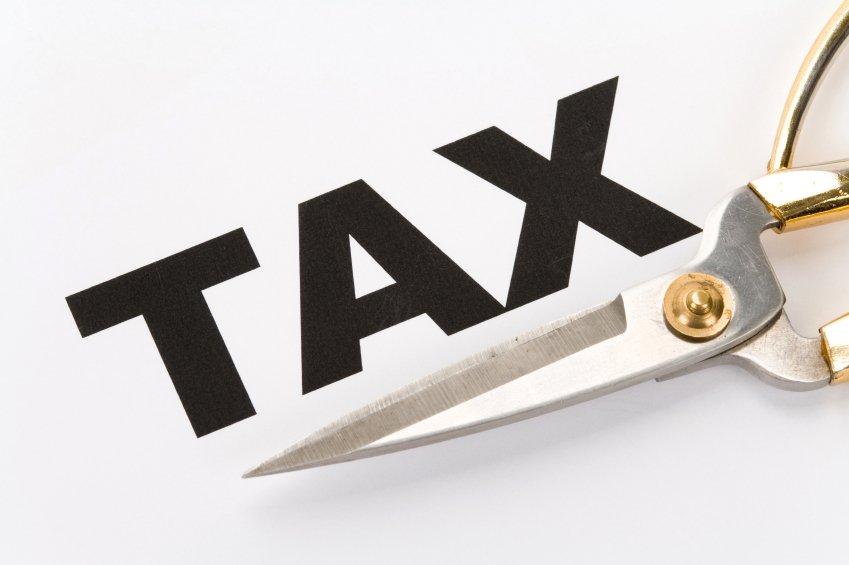Home » Uncategorised »
Buy-to-Let Mortgage Tax Relief Changes: An Overview
This article is an external press release originally published on the Landlord News website, which has now been migrated to the Just Landlords blog.

By Dave Shelton, Senior Underwriter at Ipswich Building Society
As per the 2015 Summer Budget, landlords are at risk of running into financial struggles due to the chancellor’s decision to cut mortgage interest tax relief.
For many, the word tax is enough to induce a cold sweat, or a hot rage, but, with new rules being introduced in April 2017, taking three years to fully roll out, let investors across the whole of the UK should be clued up on what’s to come.

Buy-to-Let Mortgage Tax Relief Changes: An Overview
Note: This change pertains to landlords who own a property or properties in their own name only. If you own, or are thinking about owning property via a business or company, then these new rules do not apply to you.
What’s changing?
Rental income is no different to any other earned income in that it is taxable. Before these new tax relief changes came into play, landlords were able to deduct (or offset) interest payments (plus any other related costs) from their rental income before calculating tax owed. The changes mean that the amount of mortgage interest payments that can be offset against rental income is now to be gradually reduced. All landlords will be given a flat 20% mortgage tax credit instead, which will slightly reduce their tax bill, but will also mean they pay tax on buy-to-let income at the standard rate of 20%, or 40% for higher earners.
Although it sounds generous, with tax liability being reduced by a fifth due to the credit, the total amount that is taxable is actually a lot higher than it was before these changes came in. Landlords could therefore see the profit from their rentals reduced, and find that they now fall into a higher tax bracket as a result of their increased income, due to mortgage interest payments no longer being deductible from rental income.
Deductions at a glance
The percentage of mortgage interest that can be deducted from rental income before calculating tax liability is as follows:
2017 – 2018 = 75%
2018 – 2019 = 50%
2019 – 2020 = 25%
2020 – 2021 = 0%
Nothing can be said to be certain, except death and taxes
The new rules may seem off-putting, but, as they were first introduced in 2015, landlords have been given five years to come around to the idea and to make any adjustment to their finances accordingly.
New landlords will be mostly unaffected, as these changes can be calculated into the purchase of a property beforehand. Becoming a landlord can still be a profitable venture for those who are interested, but these new tax liabilities and potential costs must be factored into the equation.




